Qin Shi Huang was the first emperor of unified China, opening more than 2,000 years of royal institutions on this land. He is a historical figure with great influence in East Asia as well as the world . There are many mysterious stories surrounding this emperor, especially stories revolving around his tomb.
Sima Qian's "Historical Records" recounts the construction of Qin Shi Huang's tomb as follows: "When the First Emperor ascended the throne, he ordered the excavation of Mount Li. When he had conquered the world, he moved 700,000 people to build the tomb, dug three streams, poured molten bronze underneath, and placed the coffin inside."
However, this historically significant tomb has yet to be excavated, partly because archaeologists want to develop advanced technology to excavate in a non-invasive way, in order to best preserve the relics buried inside.
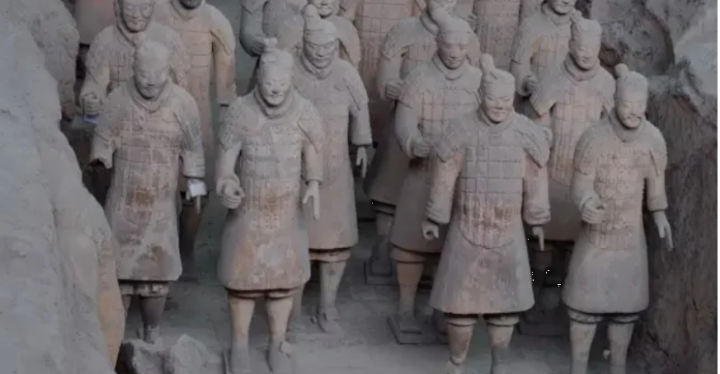
In the tomb of Qin Shi Huang, archaeologists found many terracotta soldiers. (Photo: Sohu)
In the first excavation in 1974, scientists found many terracotta soldiers, weapons, armor, chariots... They also found the remains of concubines buried with Qin Shi Huang.
Then, when other excavations began, experts found many strange skeletons inside the emperor's tomb. They weren't human bones, so what were they?
According to Vo Le Na - the staff in charge of research at the Mausoleum Museum of Emperor Qin Shi Huang, these skeletons are extremely diverse in species. They are all animals that were buried alive with the emperor.
From these animal skeletons, archaeologists have more information about the daily life of people in the Qin Dynasty. Specifically, how the ancients raised, used and domesticated animals as well as understood their habits.
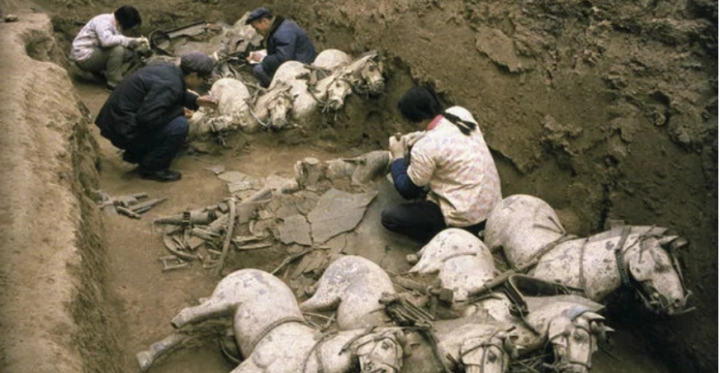
Archaeologists found many statues and bones of horses in the tomb. (Photo: Sohu)
However, through the animal skeletons found, it can be seen that the ancients especially valued life after death. They believed that life was similar to that of the earthly world. That is, if the deceased was an emperor, there would still be servants and subordinates to be buried with him.
Not only people, during the Qin Dynasty, they also buried animals alive to ensure the emperor's life was full and lacking nothing. Therefore, the ancients buried pets and animals for food.
After examining the skeletons in the tomb, archaeologists identified at least 12 species. Horses were the most numerous, followed by deer, fish, crabs, chickens, goats, swans, cranes, and even clams and snails. Pearls were buried separately in other tombs located to the north of the mausoleum. There was also a large pit where more than 10 types of birds, animals, and turtles were buried together.
Horses were a strategic resource and thus held a special place. Deer were buried for hunting. Fish, turtles, and chickens were eaten. Mussels and clams were used for decoration. Swans, cranes, and other poultry were used to represent the domestication of animals by humans, and also symbolized the harmonious coexistence between humans, animals, and nature.
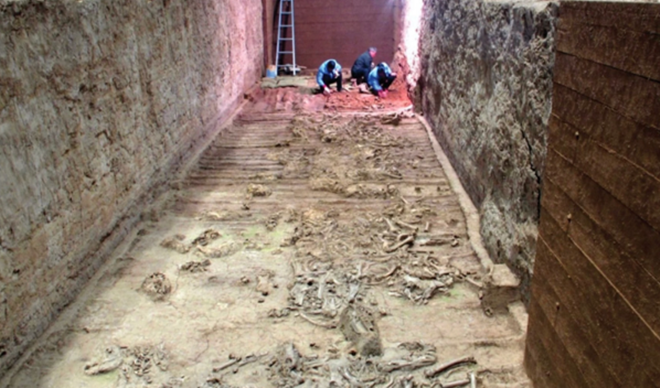
There are many animals buried alive in the tomb of Qin Shi Huang. (Photo: Sohu)
Over time, some of the bones were so badly damaged that it was impossible to determine the exact number of animals buried. The artifacts still need to be protected for further study.
Quoc Thai (Source: Sohu)
Useful
Emotion
Creative
Unique
Wrath
Source



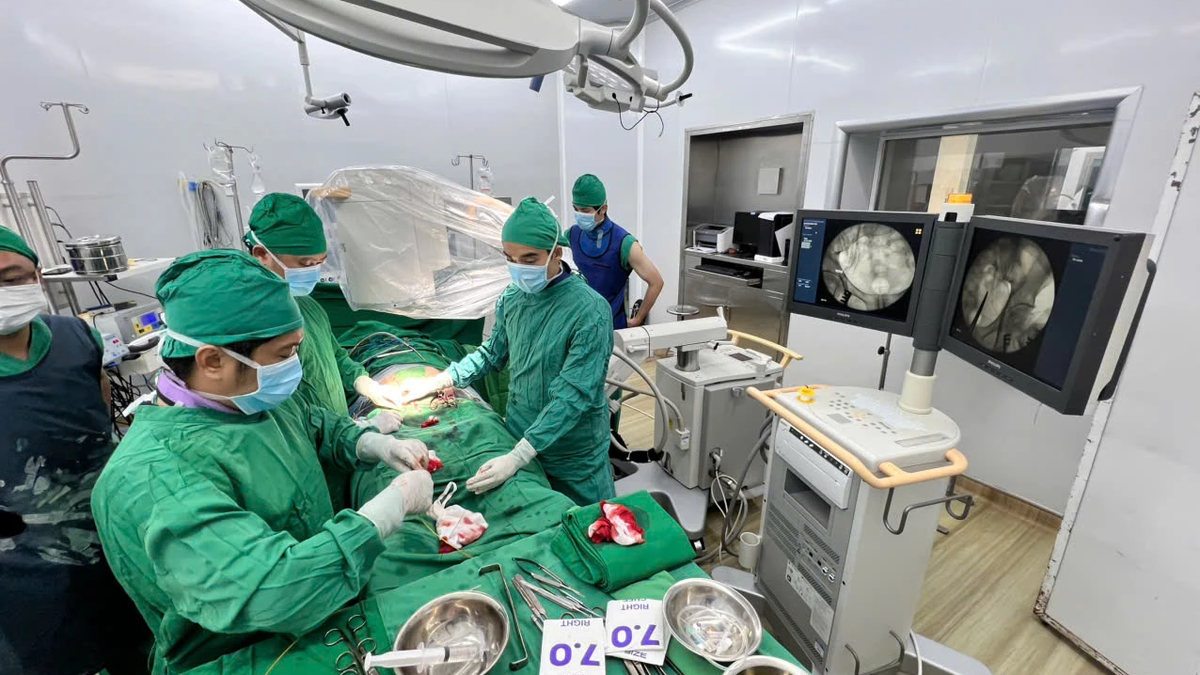

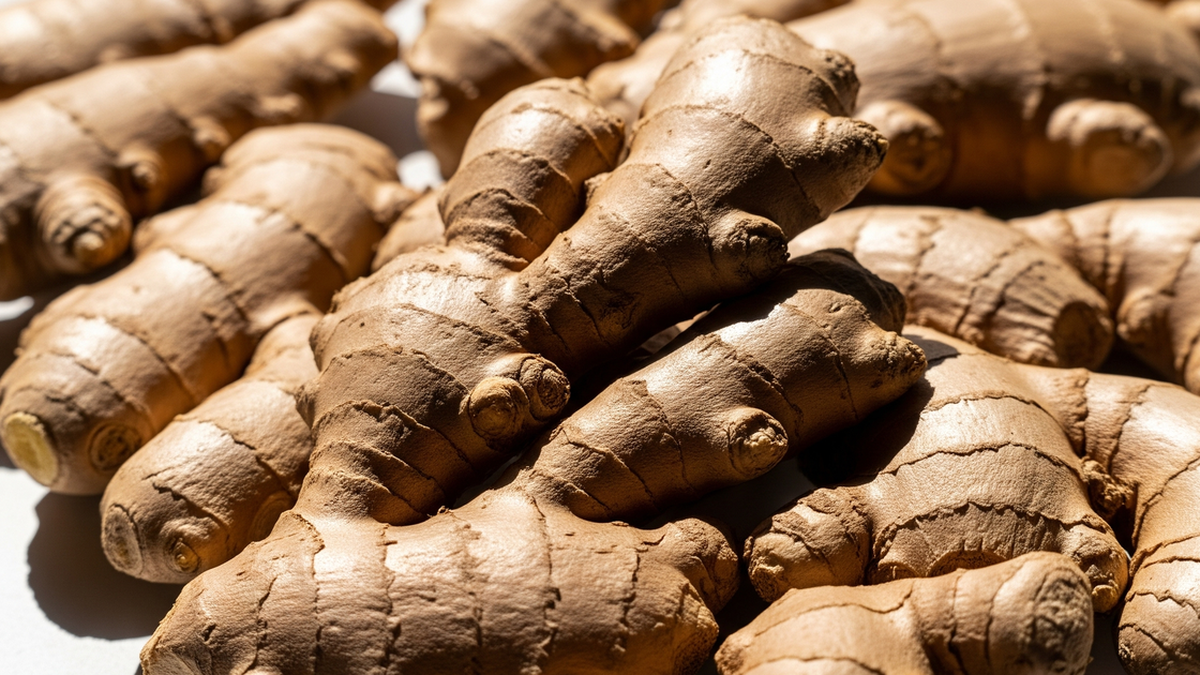

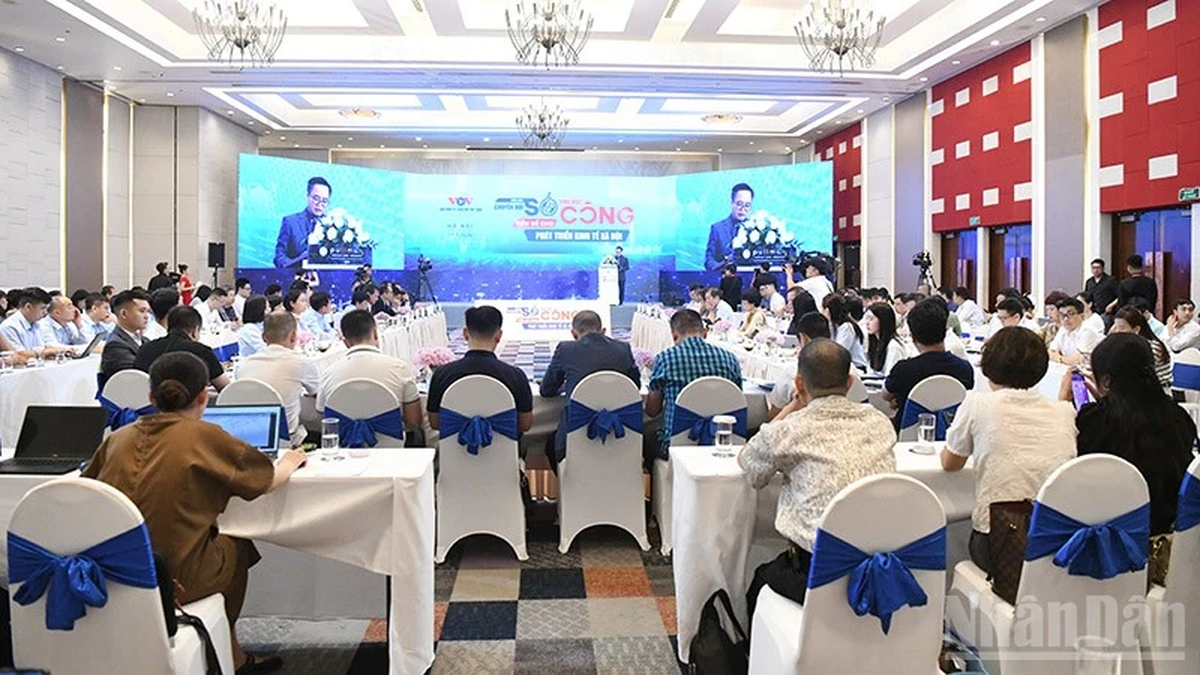





























































































Comment (0)